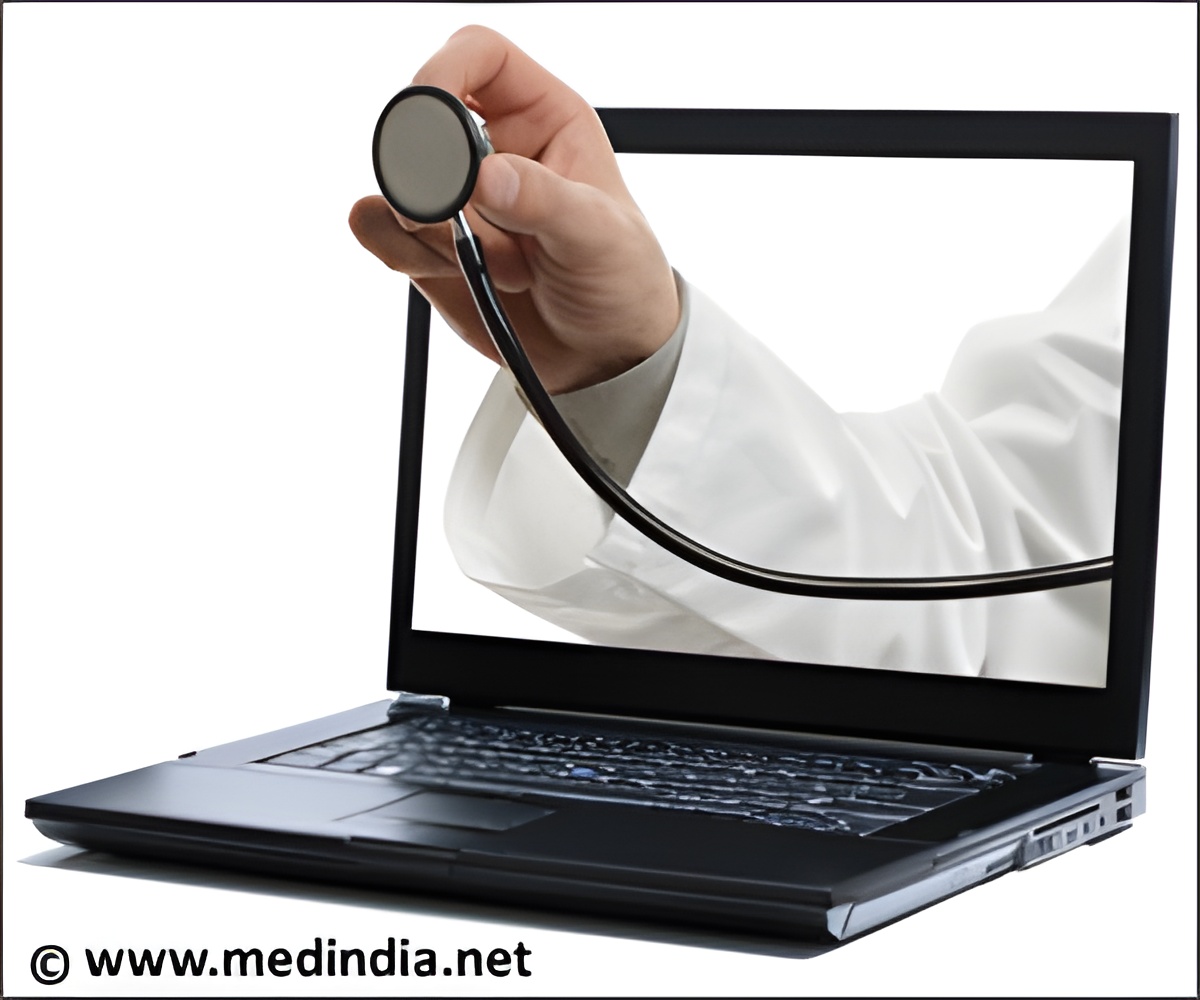Telehealth allows consulting patients in their usual surroundings.

Telehealth permits seeing patients in their own surroundings instead of making them visit a hospital or a clinic. The patient can also record some parameters like blood pressure at home, which can be observed live by the health care professionals. This approach not only saves time and money for the patient, it also enables the doctor to observe the patients in their usual surroundings, thus removing any positive or negative effect that a doctor’s environment can have on them during examination.
Secondly, the stress that a visit to the doctor can bring about can be eliminated by consulting a doctor via telehealth. The ‘white coat effect’ is a typical example of this situation. It is a phenomenon where blood pressure measured at a doctor’s office is higher than that measured at home, due to anxiety at the doctor’s office. This phenomenon may be eliminated through telehealth.
Thus, examining a patient at home via telehealth gives a more realistic picture of the patient’s condition.
Though telehealth does not provide direct face-to-face contact with the patient, it does enable the physician to adjust his position with respect to the camera, and emphasize certain points with relation to treatment. This approach is particularly helpful in treating psychiatry patients.
The availability of resources is a major drawback in the implementation of telehealth especially in developing countries.
1. http://www.handsontelehealth.com/past-issues/124-why-telehealth-consults-are-better-than-face-to-face-jay-sanders
2. http://mpra.ub.uni-muenchen.de/15001/1/MPRA_paper_15001.pdf
Source-Medindia









